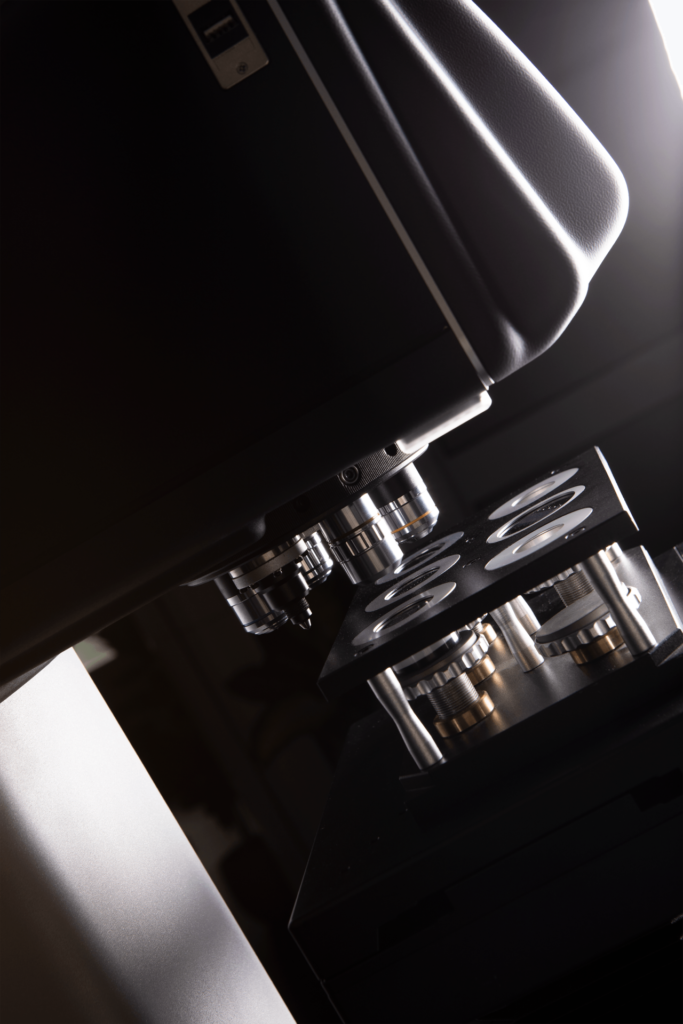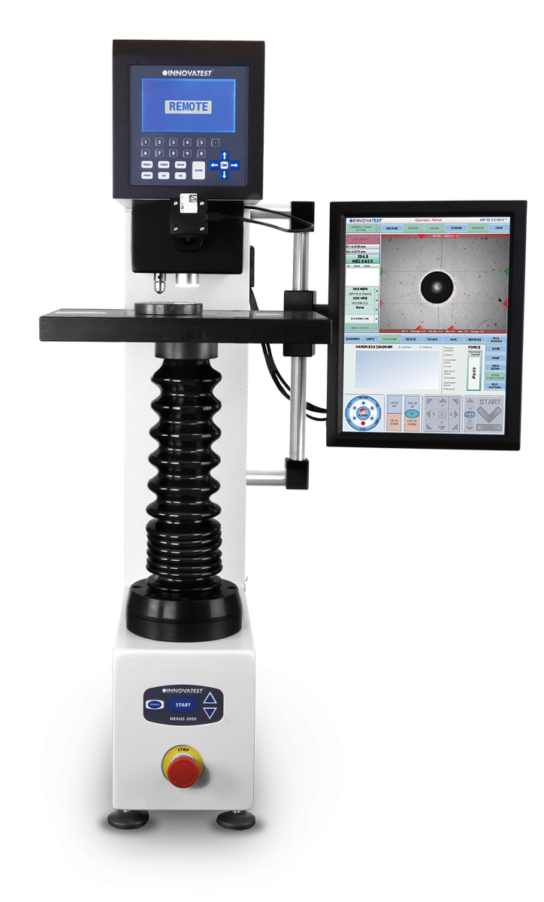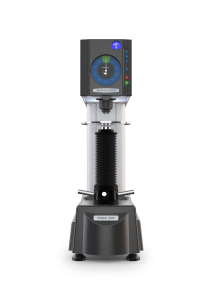The Vickers hardness test, established in 1921 by George Sandland and Robert Smith, was created as a substitute to the Brinell method, measuring materials hardness. The indenter used in this testing method is suitable for all materials regardless of hardness capacity, making it a more straightforward approach than other hardness tests.

Falcon 5000
The Falcon 5000 is the most innovative, progressive, and prevailing Vickers hardness tester presently available. It offers faultless advancements to hardness testing according to hardness scale standards. It is the most advanced variety and provides a wholly automated upgraded coordinate pattern. It has a high speed and is built in a laser positioning system, containing 2 HD cameras that possess an optical and autofocus zoom system. This capability allows viewing from the indenter position. It also has an advanced report generation and CSV export capacity.

Features
This version comes with a clamping device that facilitates firm positioning of the workpiece against the test table during depth measuring tests like Rockwell. This Vickers hardness tester can reconfigure within a few seconds due to its exclusive feature, the quick-change accessory. It also has the option to have a larger T-slot stage installed and several anvils. For safety, all Falcon models possess a progressive collision recognition warning and a Z-Axis retraction capacity. This retraction capacity means that any unusual force activates this function on the turret, stopping and withdrawing the test head in milliseconds. The advantage of this is that no damage is caused to the indentors and workpieces and hands are all safe.




